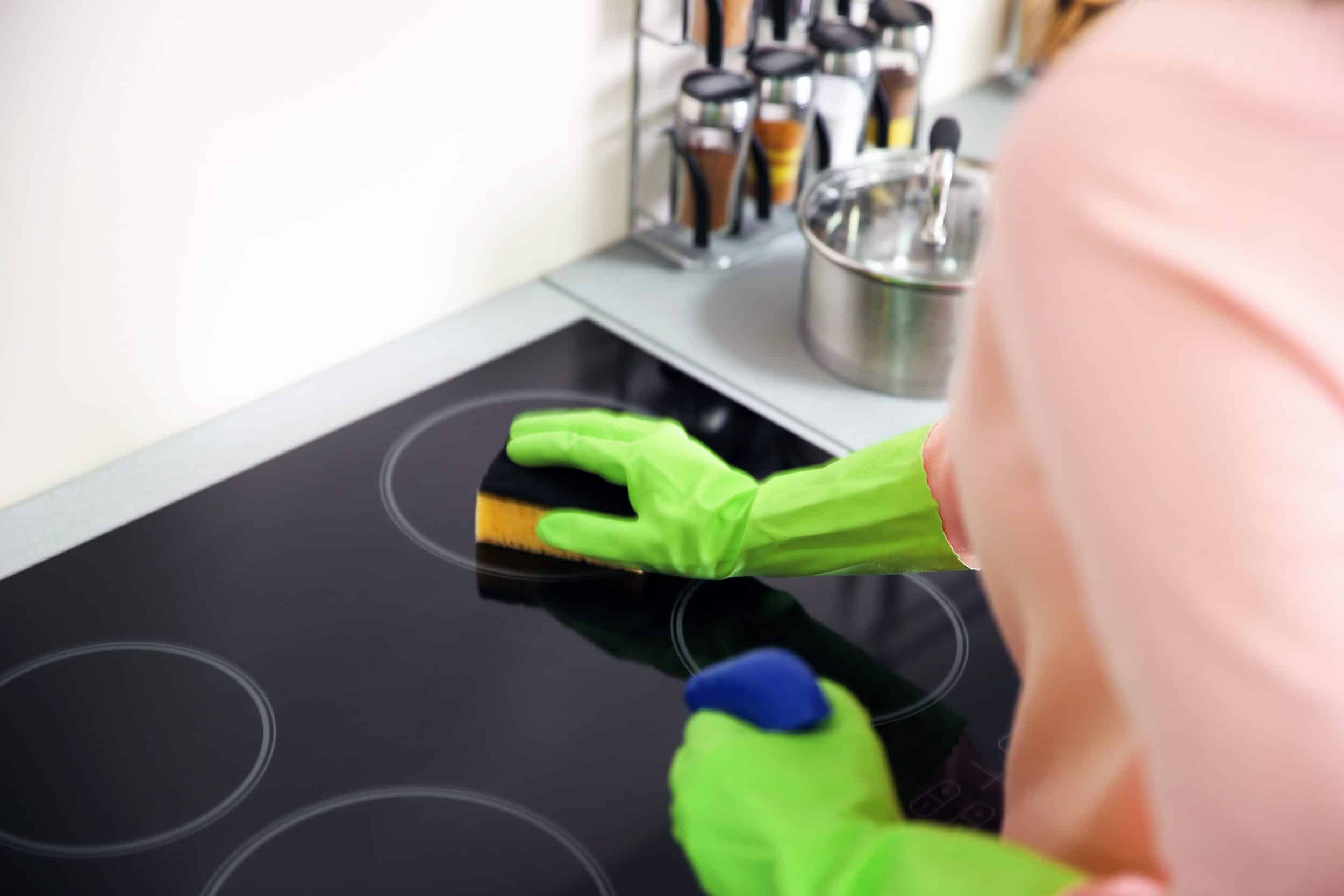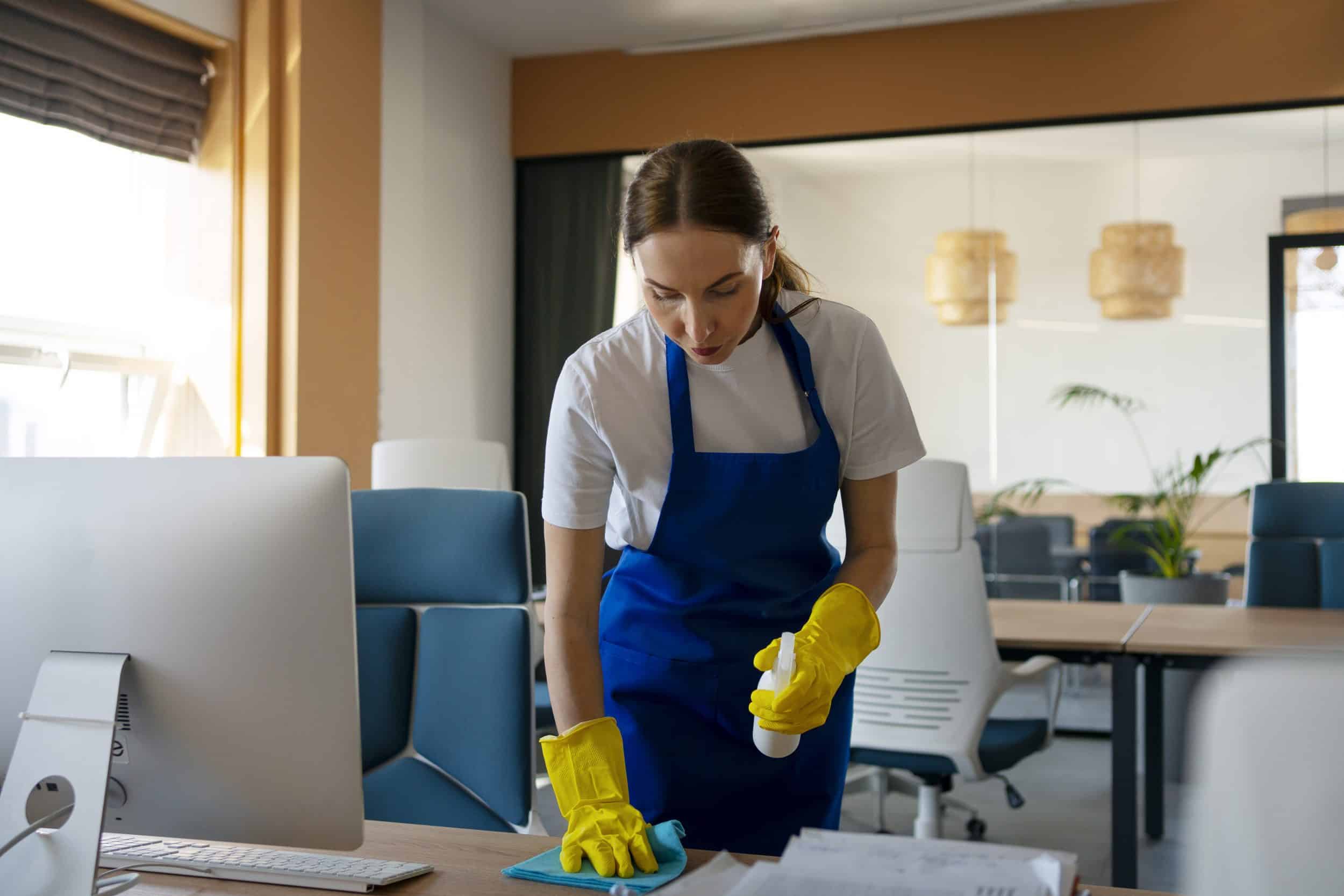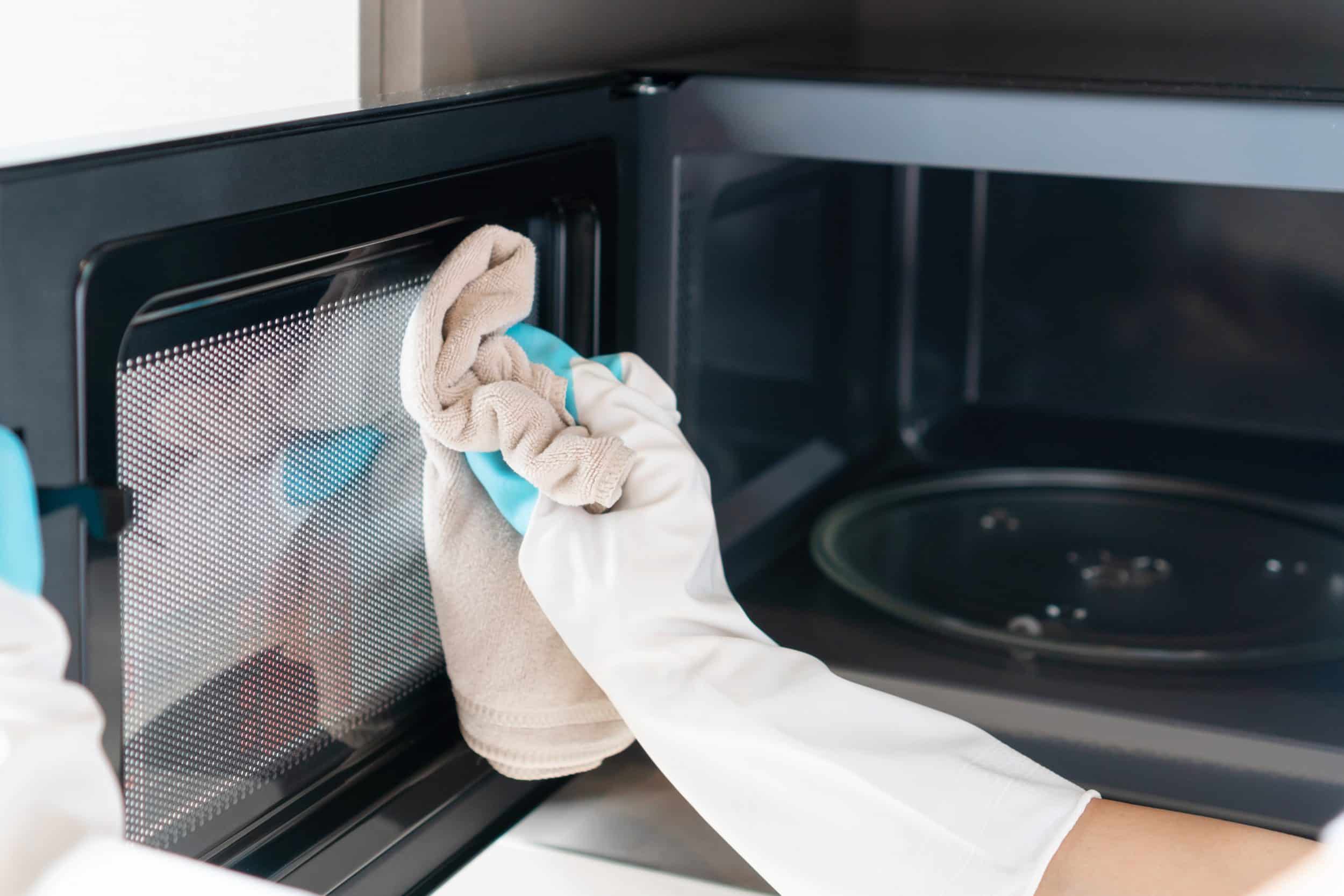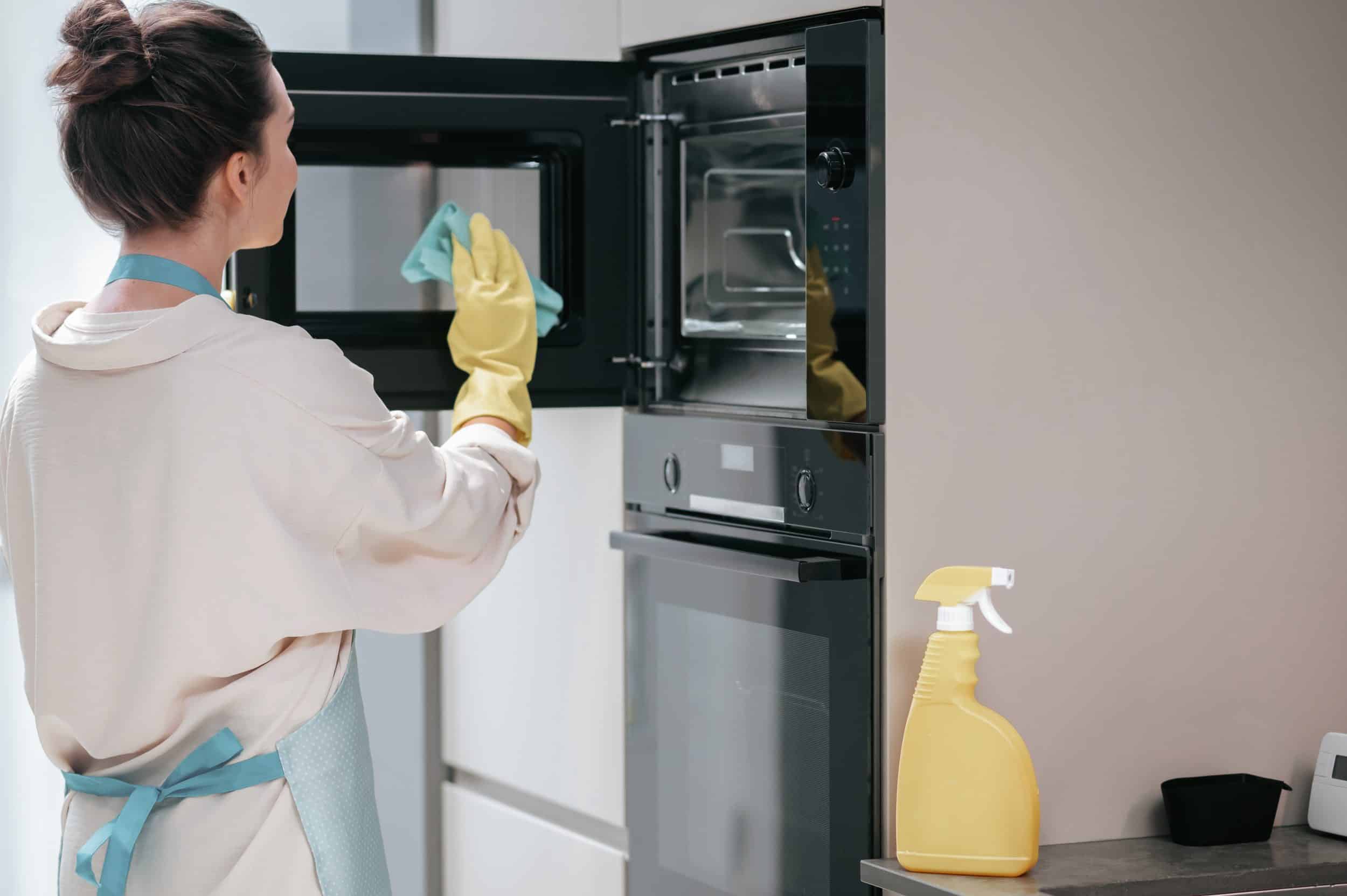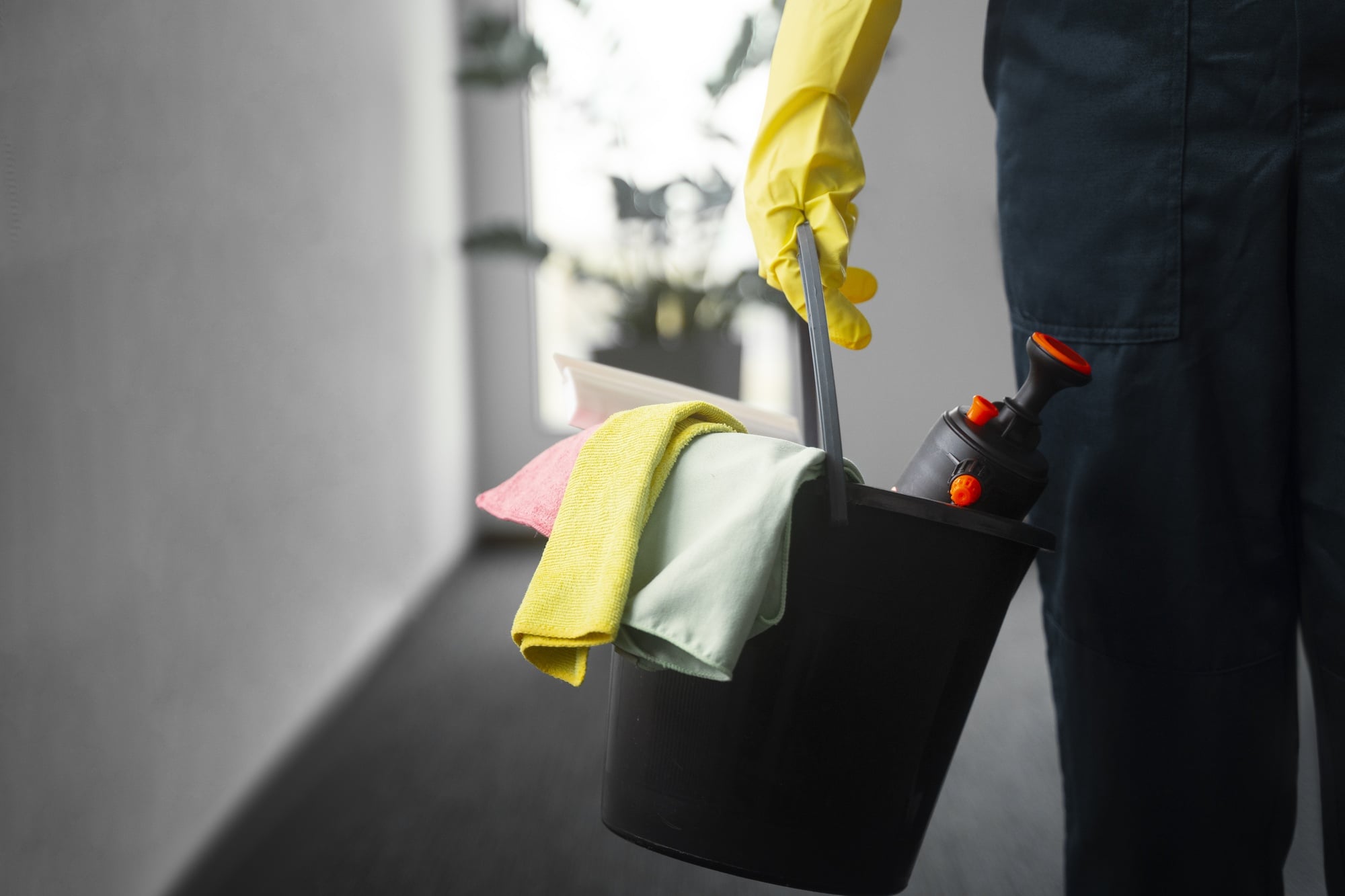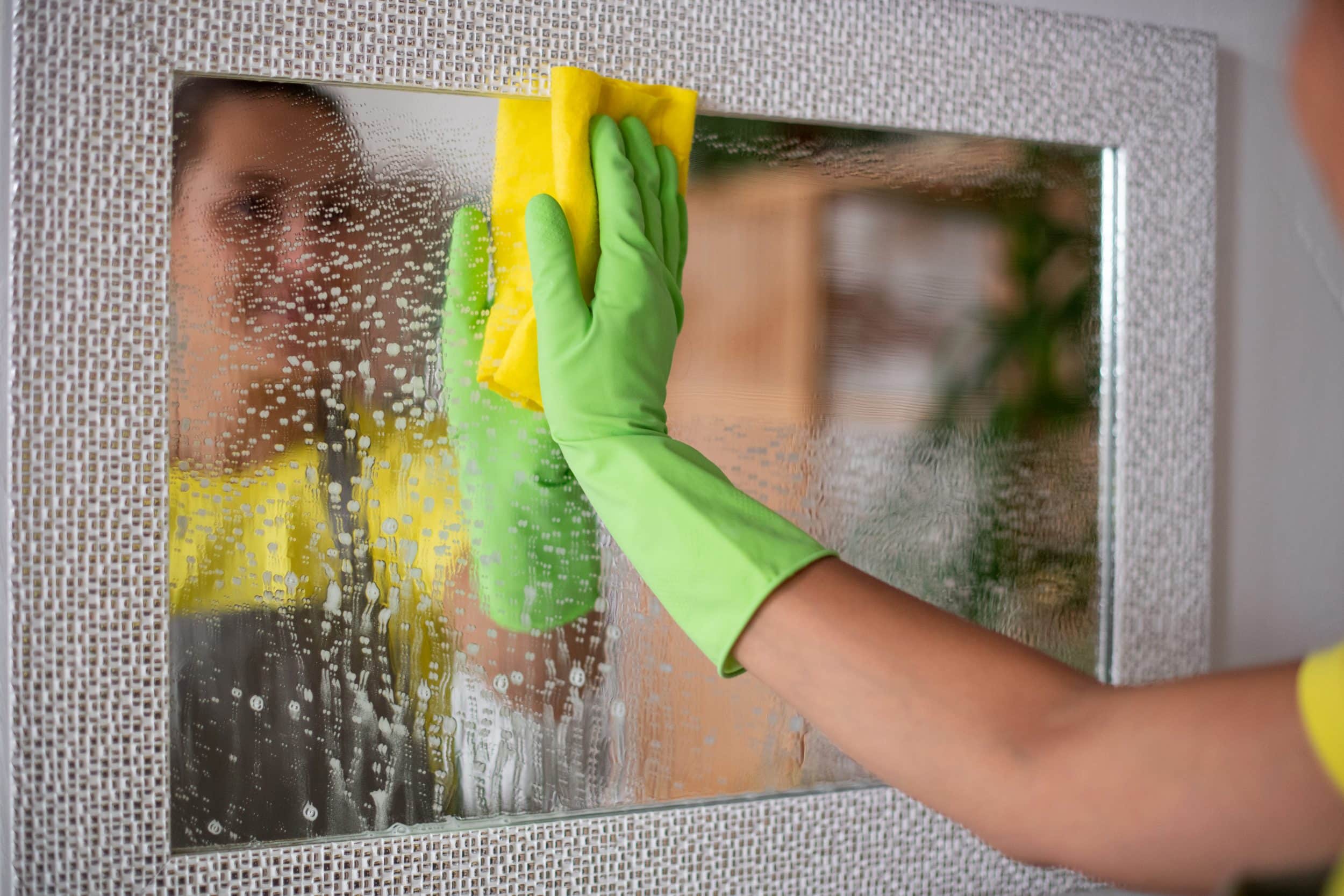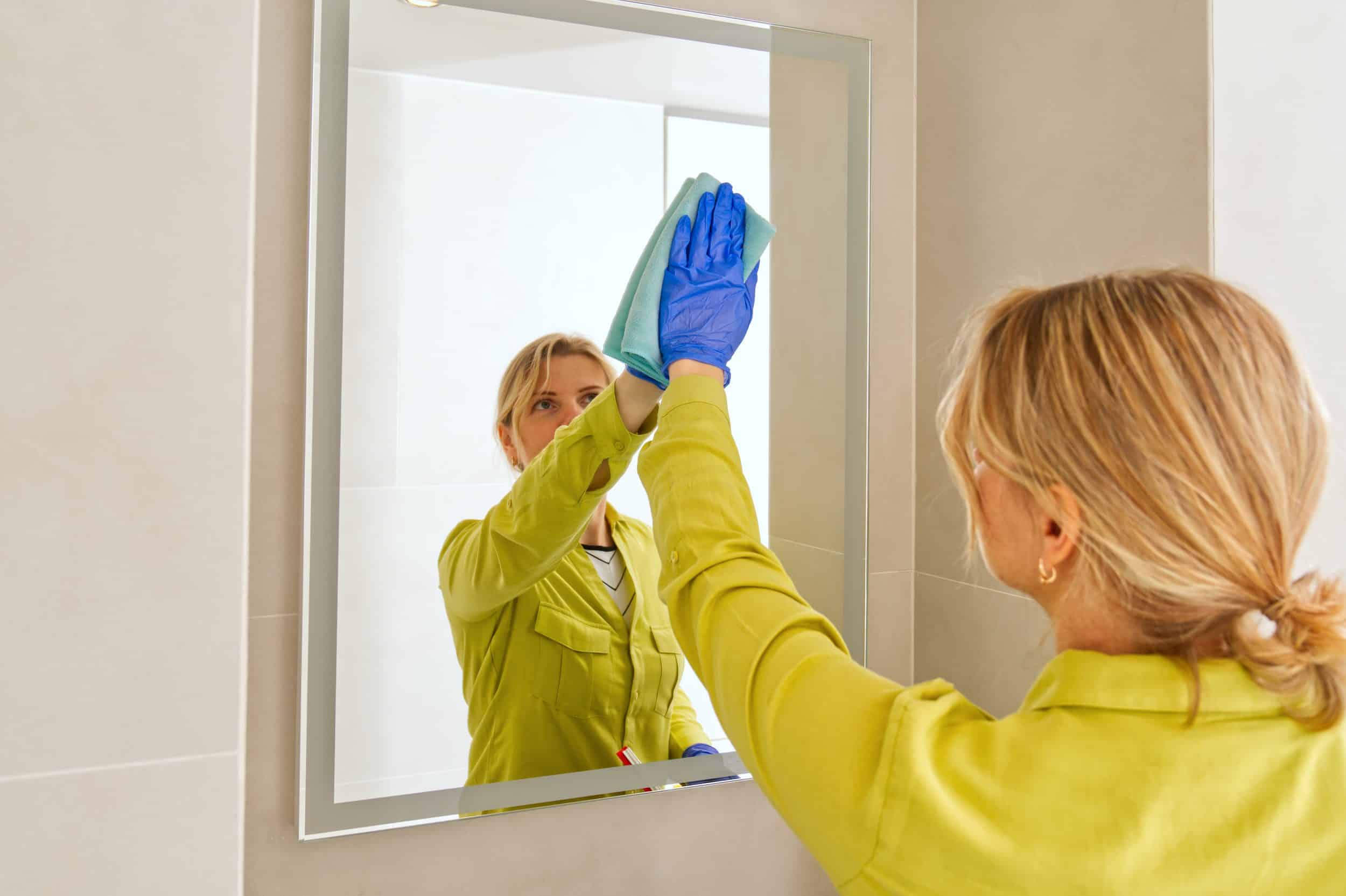A sleek glass cooktop is a beautiful centerpiece in any modern kitchen, but its smooth, reflective surface can quickly show every spill, splatter, and stain. While they are durable, they require a specific cleaning approach to avoid streaks, scratches, and a dull finish. This guide will provide you with the methods you need to keep your cooktop looking pristine.
Common issues with glass cooktops
The most common issues you’ll encounter are burnt-on food and hard water stains. Burnt food, like spilled sugar or boiled-over pasta water, can quickly bake onto the surface and become difficult to remove. Hard water stains appear as a cloudy, white film left behind by minerals (calcium and magnesium) in tap water that has evaporated. Both can make your cooktop look dirty and neglected, even after a quick wipe.
Best cleaners for glass stove tops
When it comes to cleaning, you have excellent options from both the store and your pantry.
- Commercial Cooktop Cleaner: Look for a specialized cream or liquid cleaner explicitly designed for glass or ceramic cooktops. These products are formulated with mild abrasives that can safely lift stubborn grime without scratching the surface.
- Baking Soda: A gentle, natural abrasive that is highly effective at lifting burnt-on food.
- White Vinegar: Its acidity makes it a powerful agent against mineral deposits and streaks.
Step-by-step guide: Daily vs. Deep cleaning
The key to a clean cooktop is consistency. Following these two routines will ensure your stove top stays in great shape.
For Daily Cleaning
- Wait for the Cooktop to Cool: Always ensure the surface is cool to the touch before you begin cleaning. Applying cleaner to a hot surface can damage it.
- Wipe Down: Use a soft cloth or paper towel with a streak-free glass cleaner or a simple vinegar and water solution to wipe away any fresh spills and food particles.
- Buff: Use a clean, dry microfiber cloth to buff the surface to a streak-free shine.
For Deep Cleaning (For Burnt-on Food)
- Prep the Surface: Wait for the cooktop to cool completely.
- Scrape Gently: For large, hardened bits of food, use a razor blade scraper designed for cooktops. Hold it at a 45-degree angle and gently push the scraper under the burnt food to lift it away. Be extremely careful to avoid scratching the glass.
- Apply a Paste: Follow the baking soda solution method below.
- Polish: Once the grime is gone, use a clean microfiber cloth to buff the entire surface to a perfect, streak-free shine.
DIY solutions using baking soda and vinegar
This simple and effective DIY method uses a paste to tackle tough stains.
- Make the Paste: In a small bowl, mix baking soda with a little bit of water to create a thick, spreadable paste.
- Apply to Stains: Spread a thin layer of the baking soda paste over any burnt-on stains or spots.
- Let it Sit: Allow the paste to sit for about 15 minutes. This gives the baking soda time to work on the grime.
- Scrub and Clean: Using a damp cloth or sponge, gently scrub the area in a circular motion. The mild abrasion will lift the stains.
- Rinse and Buff: Wipe the cooktop clean with a damp cloth to remove all residue, then dry and buff with a microfiber cloth.
Tips to avoid scratching the surface
- Avoid Abrasive Sponges: Never use steel wool or abrasive scrubbing pads, as they will scratch the glass.
- Use the Right Tools: Only use a razor blade scraper specifically made for cooktops, and always use it at the correct angle.
- Keep it Clean: Don’t let spills sit for too long. Wiping them up daily prevents them from turning into tough, baked-on stains.
- Don’t Use Dirty Sponges: Using a sponge with embedded food particles can scratch the surface. Use a fresh, clean sponge or cloth for cleaning.

